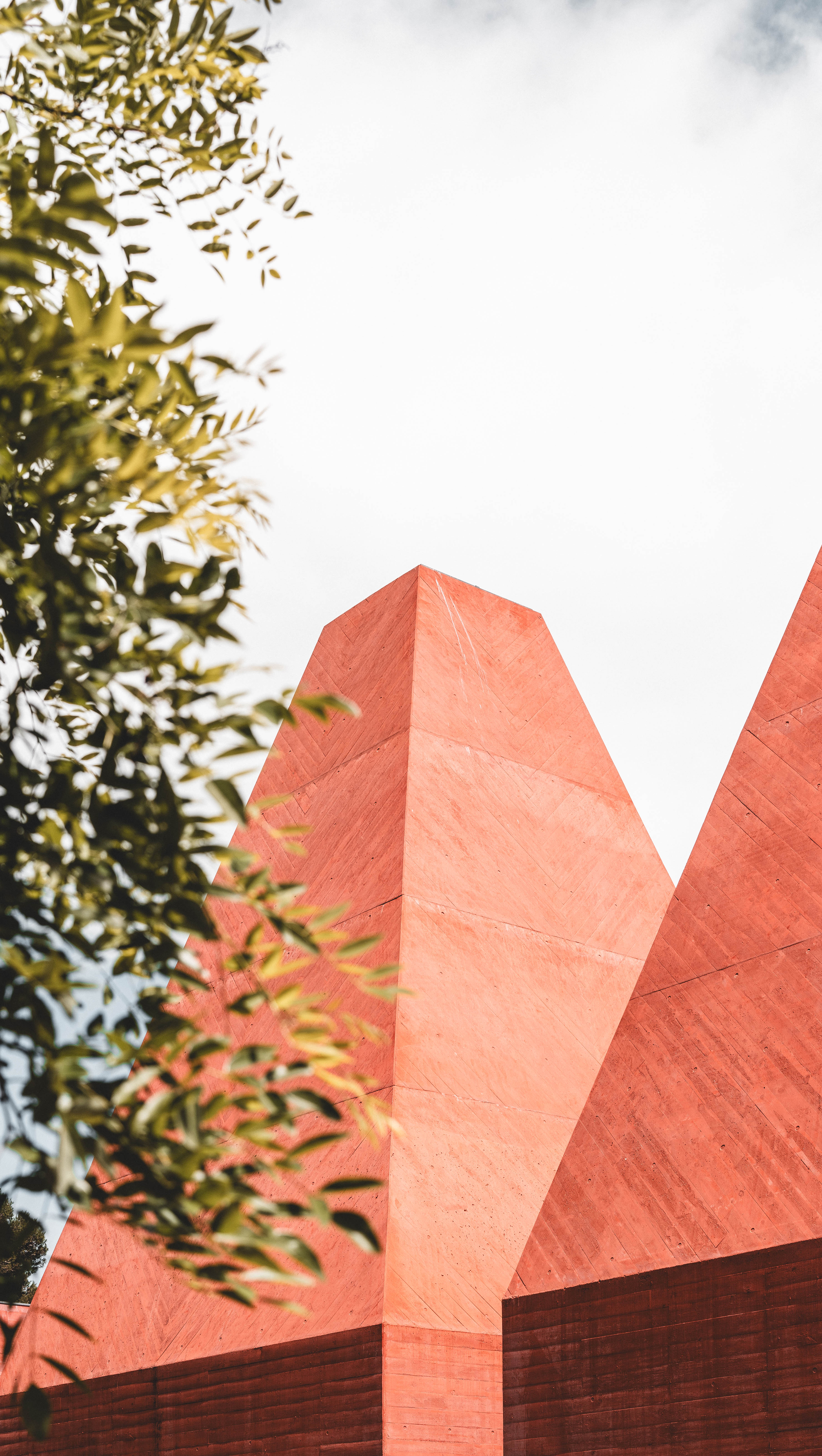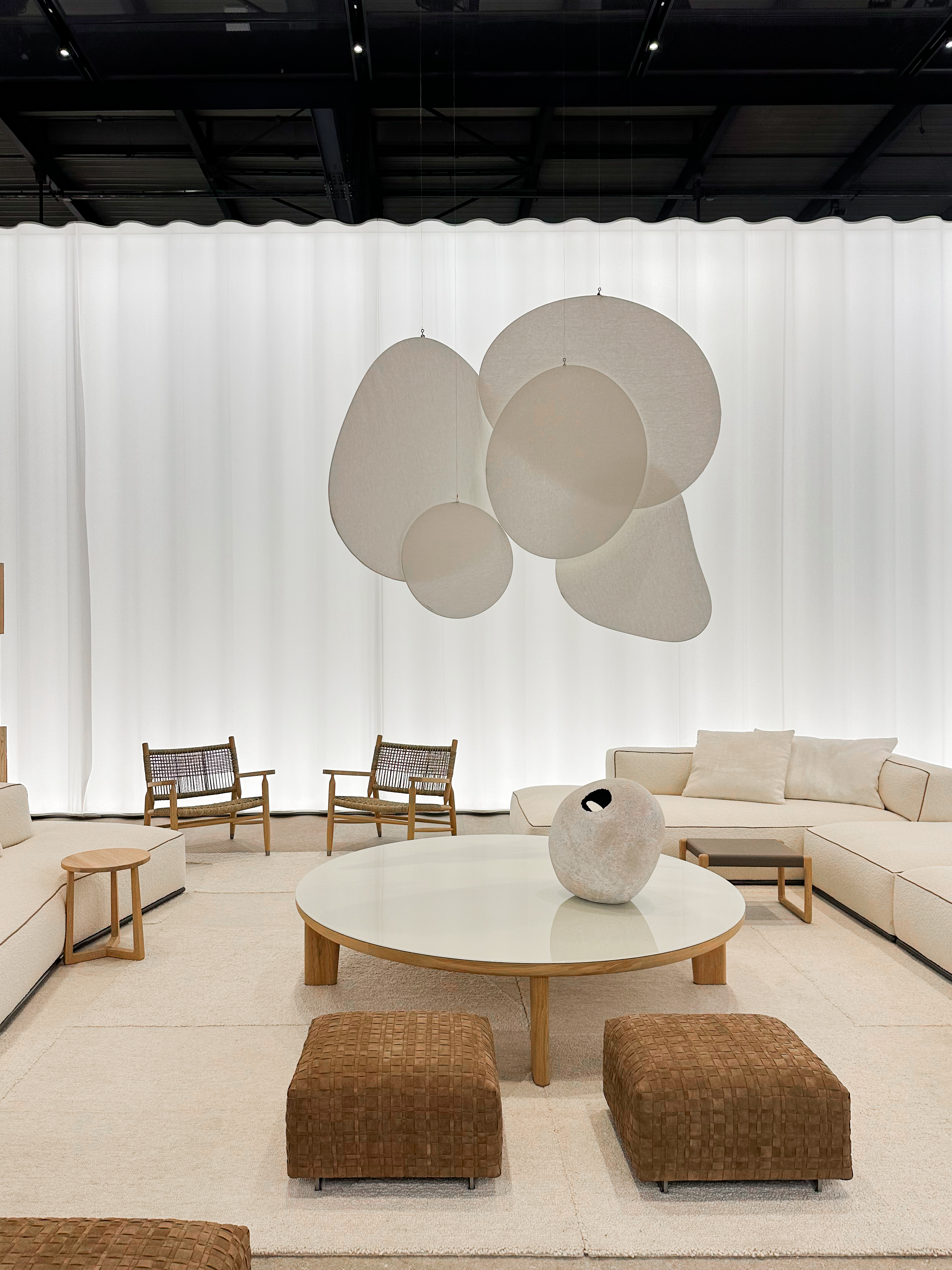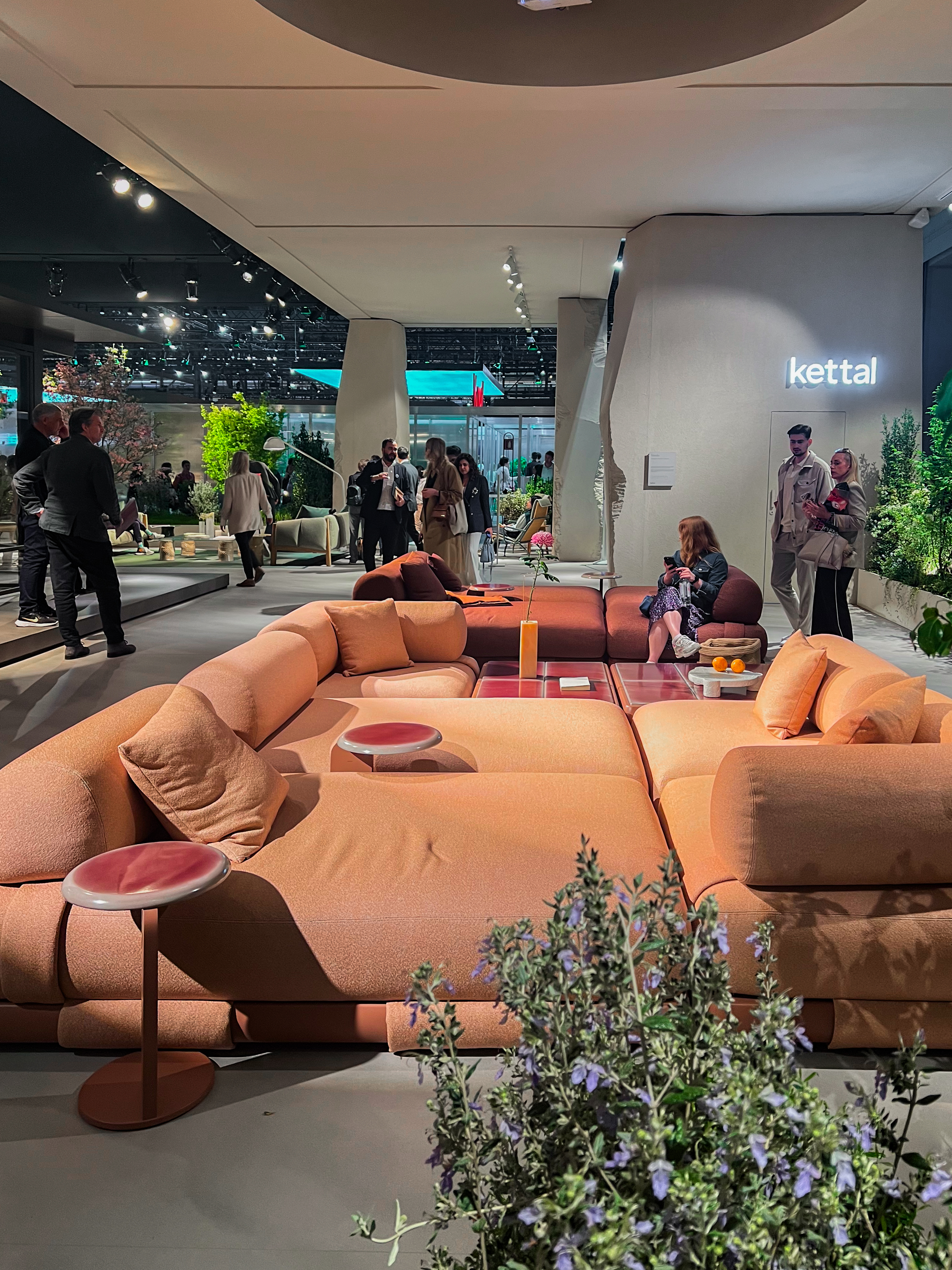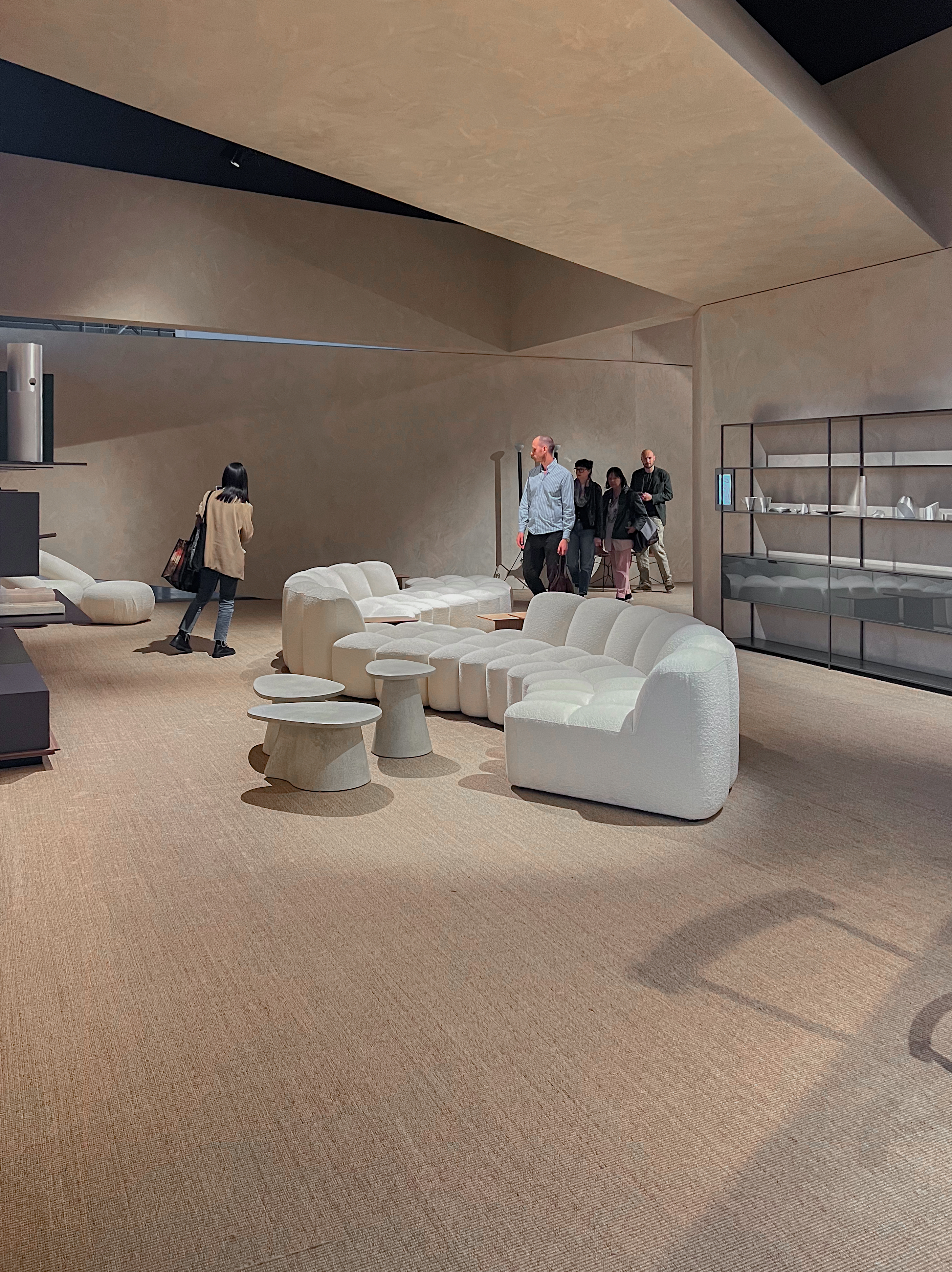
Design Beyond Aesthetics: Insights from Milan
Last month, Thays and Archie went to visit the biggest design event in the world.
Imagine a place where creativity intertwines with innovation, where every corner is a new discovery and every installation a window to the future. Milan hosts the largest design week in the world every year, and it has the power to transport you to a universe of infinite possibilities. The city transforms into a true laboratory of aesthetic experimentation, allowing you to sensorially enjoy and absorb various types of stimuli.
The event is mainly divided into the "Salone del Mobile," featuring pavilions and exhibitions from the world's leading design brands showcasing their pieces, creations, and launches, and the "Fuori Salone," which consists of events scattered throughout the city, echoing through its historic streets and expanding into various sectors such as art, technology, fashion, and food.

This year's event stood out not only for the magnitude of the exhibitions but also for the depth of the proposals presented. Each carefully thought-out installation revealed a unique narrative and expanded the horizons of what we understand as design. More than objects, visitors encountered visual manifestos that provoked the senses and the imagination.
Questioning the use of materials, utilizing light and textures, the pieces, environments, and exhibitions turned the theatricality of their installations into an invitation to architectural exploration, creating a grand immersive and transformative experience.


Throughout the fair, we saw a remarkable emphasis on textures, not only in fabrics but also in architectural materials such as glass panels. These textural elements were applied beyond furniture, influencing a broad range of designs and installations. This pervasive use of textures enriched the sensory experience, highlighting the tactile dimension of design and its potential to transform spaces.


The great lesson learned is that in events like this, the most important thing is the construction of a rich repertoire, a vast mental library of references. Using this repertoire as a guide for one's own creations can be the key to escaping macro trends and creating a more authentic path for your ideas and projects. It's important to remember that design is not just about aesthetics but about impact and transformation in the way we live, behave, inhabit, and construct our environments.
